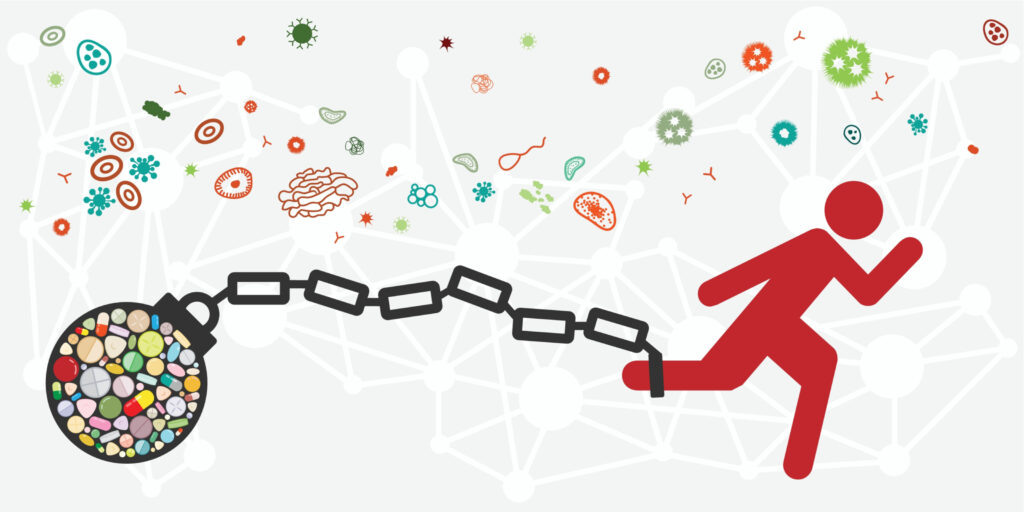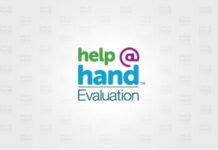A new article, published in the journal Philosophical Psychology, explores the pressure placed on mental health clinicians to diagnose children and the false-positive diagnoses that can arise from that pressure. The benefits and negative consequences of mental health diagnosis are highlighted, categorical versus dimensional approaches to diagnosis are explored, and an approach to diagnosis that allows for more movement between the two approaches is offered as a future direction.
The author, philosopher Agnes Tellings, of the Department of Social Sciences at Radboud University, writes:
“Most mental health professionals involved in diagnosing and treating children will sometimes experience pressure – exerted by people in the context of the child – to make a (particular) diagnosis even when the professional is reluctant to make that diagnosis because she thinks it might be unwarranted: teachers ask for ADHD-medicine for pupils so they will show less disruptive behavior in the classroom; parents ask for a dyslexia diagnosis for their daughter, so she gets extra time when doing exams. Professionals themselves also sometimes feel the need to make a diagnosis for which not all criteria are satisfied because the diagnosis will give the child access to help.”
 Research investigating the pressure for clinicians to diagnose their clients is limited. However, available research suggests that at times, professionals give diagnoses as a way to help children, or the child’s caregivers, access needed resources.
Research investigating the pressure for clinicians to diagnose their clients is limited. However, available research suggests that at times, professionals give diagnoses as a way to help children, or the child’s caregivers, access needed resources.
False positives are one potential product of diagnosis pressure and occur when an individual is given a mental health diagnosis that is later found to be inaccurate.
Tellings highlights current research on false positives:
“Some studies have been conducted on false positives. Bruchmuller, Margraf, and Schneider (2012) found that 20% of 473 psychotherapists working mostly with children and adolescents gave a diagnosis of ADHD in a vignette of a child while two necessary criteria for ADHD were not met, and 15% gave such a diagnosis in a vignette while three necessary criteria were not met.”
The increasing popularization of mental health disorders, driven by the internet, social media, and advertisements created by the pharmaceutical industry, is one potential cause of diagnosis pressure and misdiagnosis.
Diagnostic labels often reify or concretize problematic behavior into a disorder, with the label describing both the condition and cause – for example, “Mohammed was so very inattentive when the teacher explained the assignment because he has ADHD.”
Tellings identifies the advantages of getting a diagnosis, describing how for parents or teachers, a diagnosis provides clear language and offers an explanation for a set of behaviors. It can also offer access to treatment and educational supports. For the child, diagnosis can allow for a sense of relief, as the child understands that they are not to blame for their difficulties. Yet, despite these benefits, children have expressed being made fun of even when their peers are aware of their diagnosis.
Peer exclusion and lower teacher expectations have been shown to be concerns related to getting a diagnosis. Additionally, even when given generally positive labels, like being gifted, most children prefer to be “normal.” Thus, labels create a divide between diagnosed children and those without problems, as well as those with “normal” problems. Labels also tend to stick to the individual as they remain with the person, and at times can come to define the person, both in the eyes of others as well as themselves. Moreover, research has shown that diagnoses can become self-fulfilling prophecies – the child’s behavior becomes more in line with the diagnosis and is treated by those in their lives as “having” this diagnosis, which in turn increases behavior that matches the diagnosis, and so on.
Further, when diagnoses are given, other explanations – such as the environment or context of the individual – fall by the wayside. Additionally, incorrect diagnoses do not only lead to social issues and stigmatization but are also unjust, allowing for the perpetuation of the status quo through a lack of understanding of how society may be contributing to the child’s problems, resulting in a misuse of resources, negatively affect the credibility of diagnosing professionals and diagnostic labels, and impede scientific research outcomes.
Current approaches to diagnosis are either categorical or dimensional in nature. For example, the “bible” of psychiatry, the Diagnostic and Statistical Manual of Mental Disorders (DSM), largely uses a categorical approach to diagnosis. From a categorical lens, people are given a diagnosis if they have more than a certain number of symptoms.
Failing to meet that number means no diagnosis, although they still may be experiencing problems. Categorical models have been critiqued as lacking research evidence, unreliable, inconsistent, and “scientifically meaningless.” Additionally, if the criteria to receive a diagnosis is especially loose, people might be inaccurately diagnosed.
In a categorical model, the mind is reduced to the brain or body. From this perspective, mental health issues are perceived as disorders if they can be reduced to problems in the brain. Yet, research has debunked the idea that there is a “normal” brain.
On the other hand, Dimensional models do not distinguish a line between people with versus without a disorder. Instead, disorders are viewed along a spectrum ranging from no disorder to disorder. Viewing mental health struggles as existing along a continuum has been shown to reduce perceptions of difference and, as a result, reduce stigma. However, dimensional models lack clarity which can cause issues for policy decisions regarding treatment reimbursement and are murkier for treating professionals to navigate.
Tellings offers a middle path, a “categories-within-dimensions model,” which may help ease diagnosis pressure and therefore reduce false positives.
She describes the model: “If we view what we now term ‘mental disorders’ as complex mixtures of physical phenomena, functional aspects of human biology, intentional aspects of persons’ behavior, and sometimes moral aspects of persons’ behavior, we can develop a rich approach of mental problems and their treatment. Behavior that we now term ‘ADHD’ might be treated with medication (physical stance), and/or we look at how and in what circumstances this behavior is functional for the child. Then, we can teach her other behavior and create circumstances in which she can more easily show such behavior.”
The categories-within-dimensions model allows for more flexibility and dynamism. They include both the individual and societal factors contributing to their problems and are not understood as fixed or permanent.
The Network Approach is an example of one such model. It uses diagnostic categories in the DSM as a jumping-off point and understands symptoms as both causing and reinforcing one another in a “symptom network.”
From the perspective of the Network Approach, “Mental disorders are not reduced to either the brain or body or to society, although they are a “discernible something”: they are networks of tightly connected and mutually reinforcing symptoms.”
Telling’s work emphasizes the importance of adopting approaches, like the Network Approach, to understanding struggles with mental health not as static or the product of biology, but rather a dynamic interaction between individual and society, that operates along with a range of severity which values and supports those located all along the spectrum in need of help.
****
Tellings, A. (2020). Diagnosis pressure and false positives: Toward a nonreductionist, polytomic approach of child mental problems, Philosophical Psychology, 33(1), 86-101. https://doi.org/10.1080/09515089.2019.1698021 (Link)















How can you have “overdiagnosis” or “false positives” when there is no objective means to determine who HAS and DOES NOT HAVE a particular diagnosis? Isn’t the main reason for “overdiagnosis” the fact that there is no line between the “ill” and the “normal?”
Report comment
Overdiagnosis is a problem in all age groups. It just reflects laziness on the part of the professionals, the psychiatrists, the experts who are too scared to address the real roots of the problem. I think that many of the issues in both adults and children that get “mental health diagnosis” might be a form of “learning disability.” But the term, “learning disability” along with terms or phrases like “neuro-diverse” or “differently abled” are like “smokescreens.” The truth each one of us is unique; i.e. , “uniquely created.” Tragically, with a diagnosis, the individual, whether child or adult, receives “psychiatric drugs” which either make the problem worse, different, or hidden. And, they can cause debilitating, disabling damage in the brain and other systems of the body. I confess I haven’t got an answer, but diagnosis and drugs never answer the question. Thank you.
Report comment